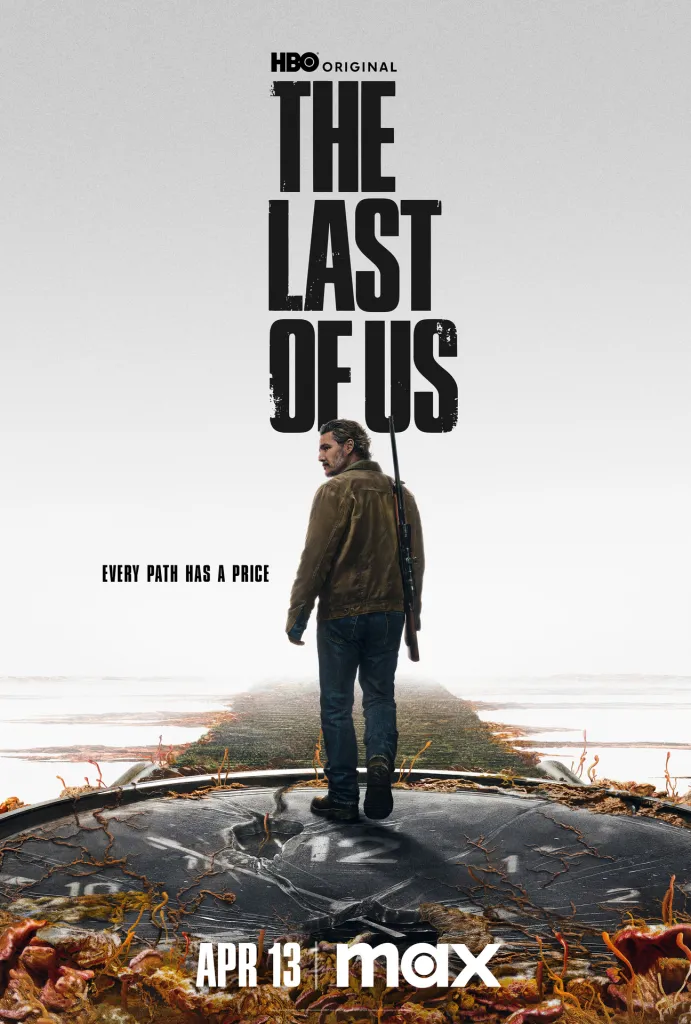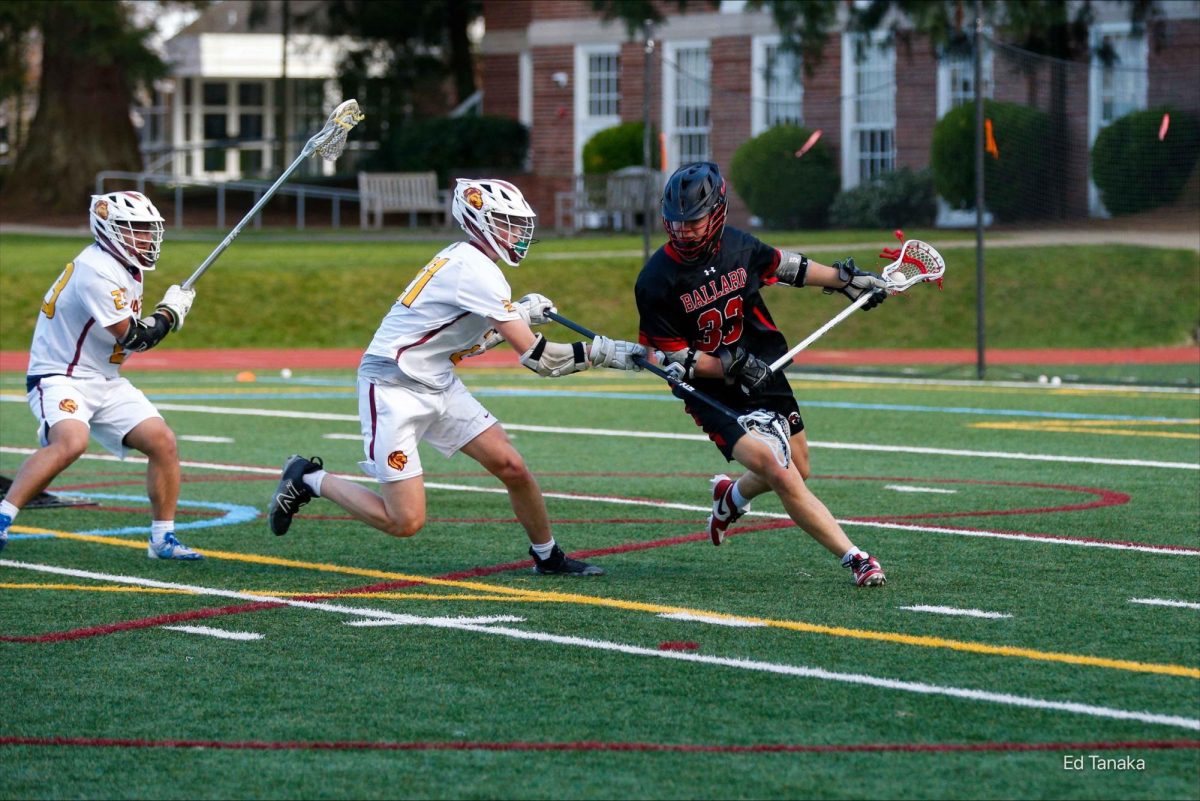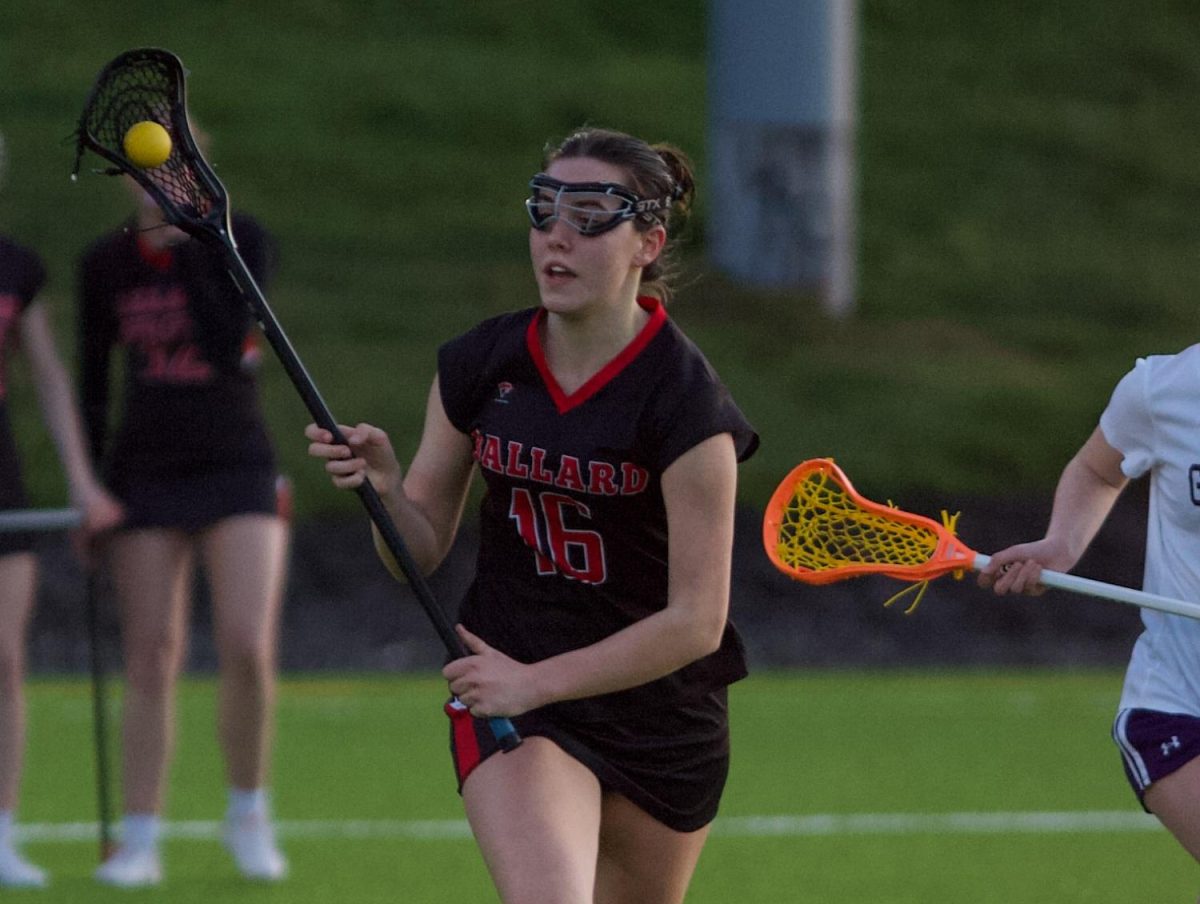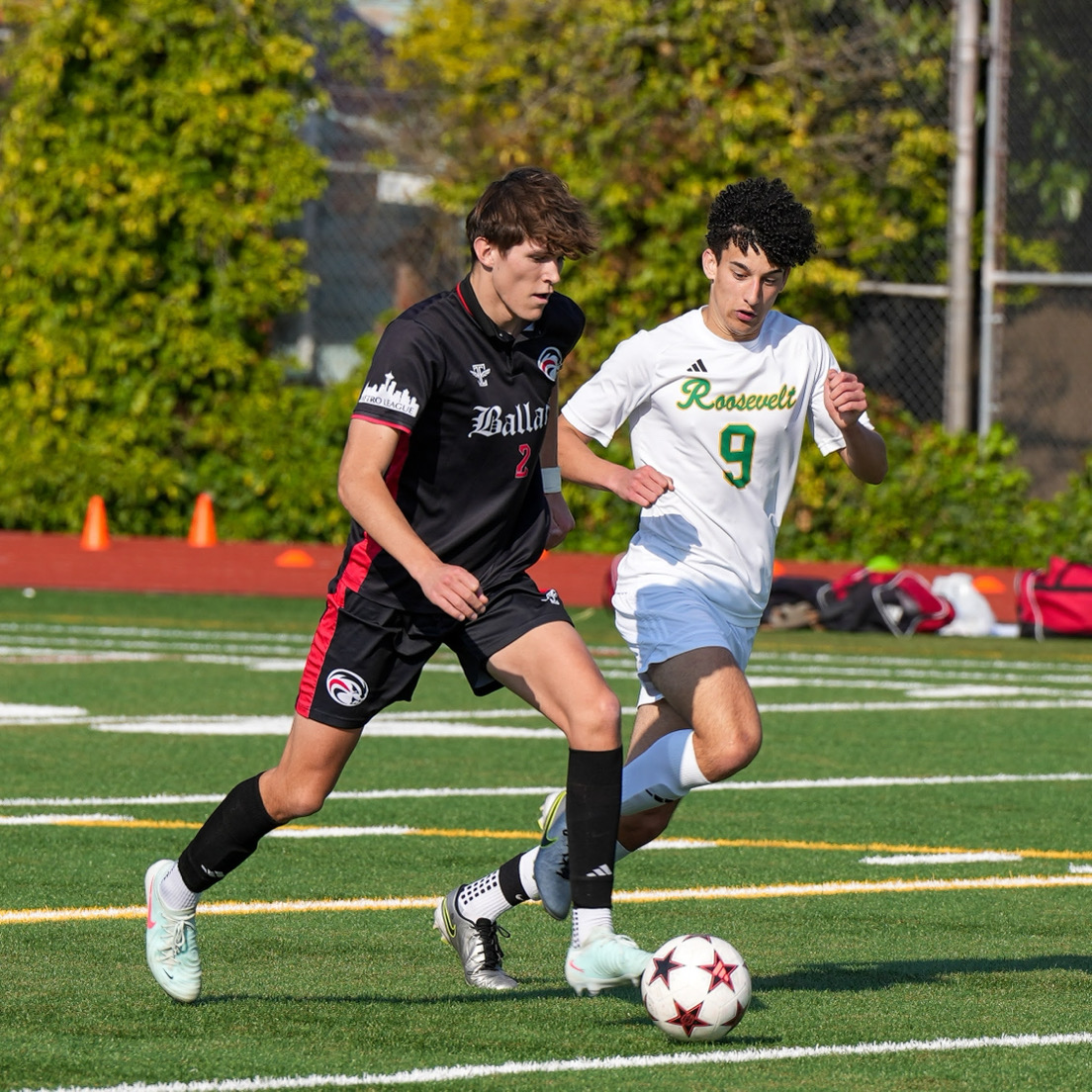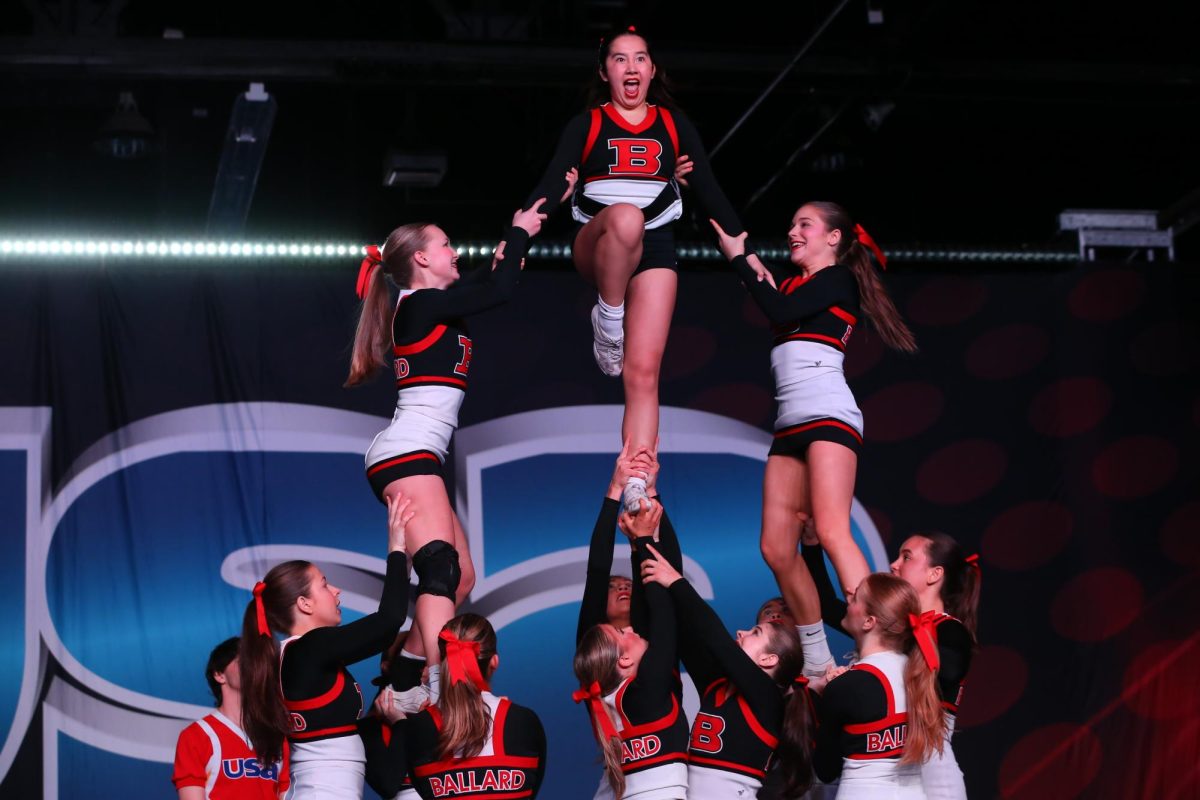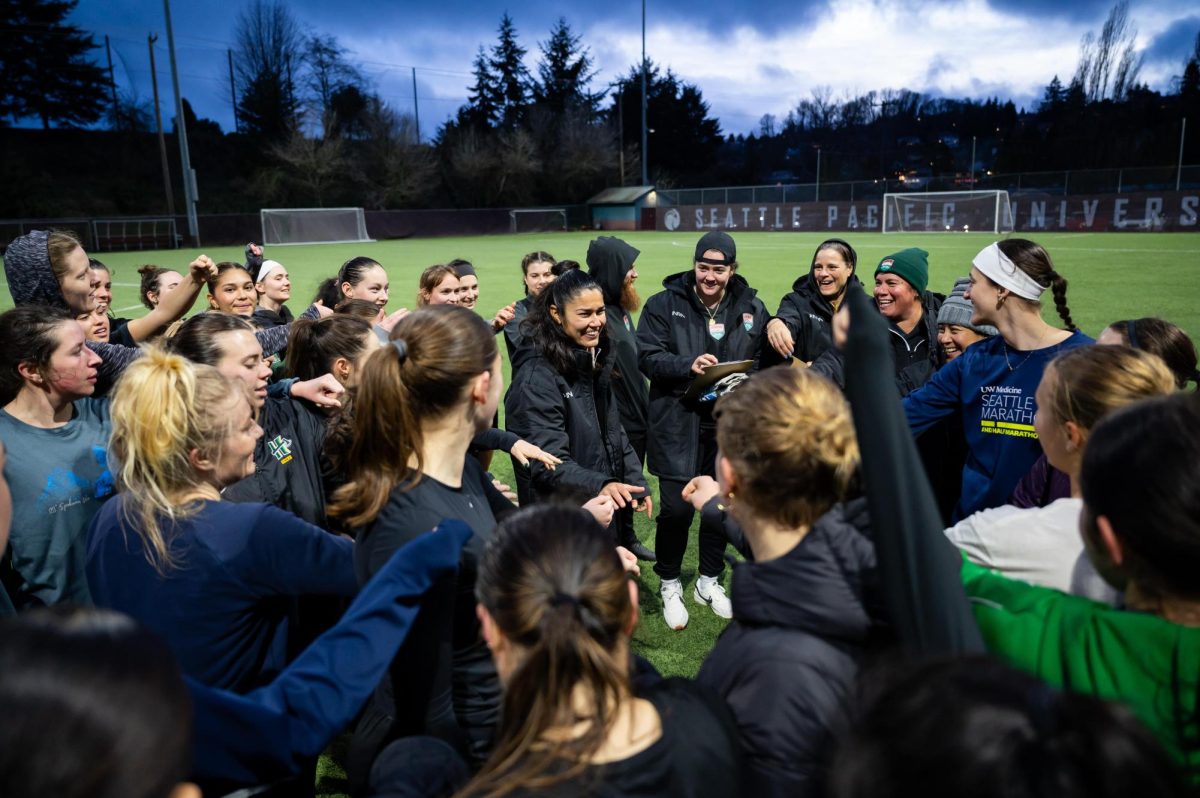Tenth graders know Alex Guettler as an approachable, supportive presence in their ELA classroom. What some may not know is that he’s endorsed as both a language arts and special education teacher, aiming to make his classroom a flexible space where students can show their learning outside the barriers of traditional education.
“When I assign something, it’s new content; people are learning it for the first time,” Guettler said. “So that’s a barrier. My job is to support the student to learn it and show their knowledge. And that can be really hard.”
Having a background in elementary school teaching also allows Guettler to incorporate the values he wishes more emphasis was put on in a high school environment.
“In elementary [school], there’s a lot more social emotional focus. Grades and academics matter, but more so you’re trying to get people accustomed to school and used to that rhythm in their life,” Guettler said.
This perspective has enabled him to view grades and standards in a more holistic way that supports growth and sets students up for success later in life.
Last school year, Guettler was met with an educational background that contrasted his own, as he began his first year at BHS co-teaching alongside teacher and language arts department head, Kristen Storey.
“He was really helpful in terms of teaching me about breaking things down more clearly for students,” Storey said. “The chunking of things and the pacing, which I wasn’t used to.”
Both Storey and Guettler agree that having two teachers with different skill sets provided a fluidity that may have otherwise not existed in their classroom.
“For us to be able to collaborate so closely, ideally, really opens the door for a lot of students to be able to get whaed at the 10th or 11th grade level,” Guettler said.
Inclusion classrooms at BHS are working to bring students the accommodations they need without separating their environments. However, due to the negative connotation special education carries, teachers must navigate the complexities of offering services, while protecting the privacy of students.
“How you present it is difficult,” Guettler said. “Because if you identified me as a special education teacher and saw me working with specific students, that potentially puts that student in a situation where they have to reveal that they have an IEP (individualized education program) if they don’t want to.”
While this approach is valuable in respecting students’ personal boundaries, it can create confusion, especially for those who have never taken a class with two teachers.
“You have to work really hard to integrate yourself as: ‘We’re both teachers,’” Guettler said. “But the perception of it is confusing.”
Despite the stigma, Guettler has decided to be transparent about the position he holds in his classroom in order to cultivate an open and honest environment.
“This year I introduced myself as: I’m a special education teacher, and also another teacher in this classroom,” Guettler said. “I wanted to be clear, because it should be talked about more.”
As the school year pushes steadily forward and students of all needs take a seat at the academic table, it’s important they are supported by a school and a teacher that understands how to offer their individual struggles validation and support. Mr. Guettler is here to offer that support with his flexibility, expertise and unfaltering understanding.





